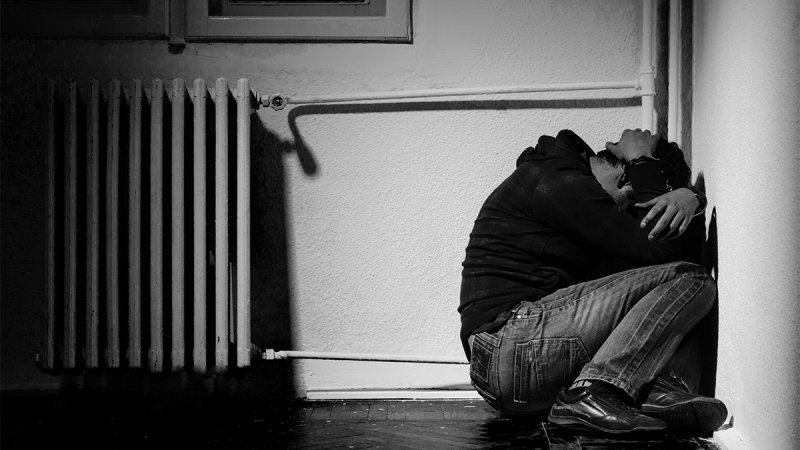Child labour exploitation is the employment of children in a form that deprives them of their childhood. The nature of this work can be damaging to a child’s safety, physical health, and mental health along with hindering their moral development. It occurs in many different forms and can often go unnoticed by authorities. 16 out of every 100 children worldwide are in child labour exploitation. Three quarters of whom work in dangerous environments, like mines and factories, or with hazardous substances. However, some of the poorest families throughout the world depend on their children working to boost their family income. Thus it has become a widely accepted practice in some cultures.
The Different Types of Child Labour Exploitation
A common route into labour exploitation is through human trafficking, this is where the children are sold to “owners” and forced to work. This can occur within the child’s own country or involve them being smuggled across borders. Debt bondage, on the other hand, is a form of child labour exploitation where children are demanded to work to pay off a debt. This debt is often incurred by their family and the child is sent off to work for years in repayment.
Some children are threatened or coerced into committing crimes, often by criminal gangs, for others’ gain. They are forced into activities such as: drug trafficking, begging and theft. Children can be pushed into this form of exploitation through threats of violence or family demands for money. Children who traffic drugs are at an increased risk of physical abuse and often become addicted to drugs at a very young age.
One specific form of labour exploitation is sexual exploitation. This involves prostitution, pornography and pornographic performances. Boys and girls around the world are exploited for adults’ personal gain and profit. Some are sold into forced marriages, some are made to entertain adults and others are kidnapped and trafficked to become child prostitutes.

How can you Recognise Child Labour Exploitation?
Child labour exploitation can be incredibly difficult to recognise, especially in children who are serving as domestic workers. Within the realms of a home, these children (typically girls) can be hidden from the authorities and exploited. Some children themselves will try to conceal the nature of their treatment, so you must observe both their physical state and their behaviour for indicators. Physical factors such as: injuries, abnormal development and poor hygiene can all be red flags for child labour exploitation. Similarly, school drop-out, mental illness, aggression and nervousness can all be considered psycho-behavioural indicators of labour exploitation in children. To assess whether a child is being exploited you can also consider whether the hours that they are working are excessive for their age. Additionally, you must consider whether, in the case of manual labour, children are being asked to lift objects that exceed what is considered acceptable for their age. One criteria alone does not guarantee child labour exploitation, but it highlights the vulnerable children who require your attention and investigation.
What are the Impacts of Child Labour Exploitation?
Child labour exploitation can have detrimental impacts on not only a person’s childhood, but also on the rest of their life. Many children in child labour exploitation are denied education, health, proper nutrition and security. Denial of such basic grounding sets an unstable foundation for the child’s future.
The health and safety risks of children working in dangerous environments are extensive. Children working in mines can fall victim to tunnel collapses, accidental explosions and rock falls. Whilst those in contact with hazardous substances could suffer inhalational injuries and burns. Repeated exposure to hazardous substances can cause long-term health conditions such as asbestosis and silicosis (both serious lung diseases). Children are often utilised in industry as their small bodies can enter spaces unreachable to adults. However, crawling into small spaces or repeatedly being bent over can cause disfigurement, spinal injuries and difficulty walking straight.
Children who are being sexually exploited are incredibly vulnerable to physical abuse, malnutrition and sexually transmitted diseases. Whilst arguably the most important factor of all is the psychological scars left by this horrendous form of exploitation.
Why is Child Labour Exploitation an Important Issue?
Children are a body of our society who are highly vulnerable to exploitation. An astonishing proportion of children across the world are being put in danger and deprived of their childhood by child labour exploiters. In order to address this injustice, we must first work at identifying it. Modern slavery training can help equip you with the skills to identify these situations and the knowledge to begin rectifying them. Education has been recognised as a key factor in preventing child labour exploitation. Not only do children in education have less chance of suffering labour exploitation, but also children already within labour exploitation who are offered education have a greater chance of escaping it.








